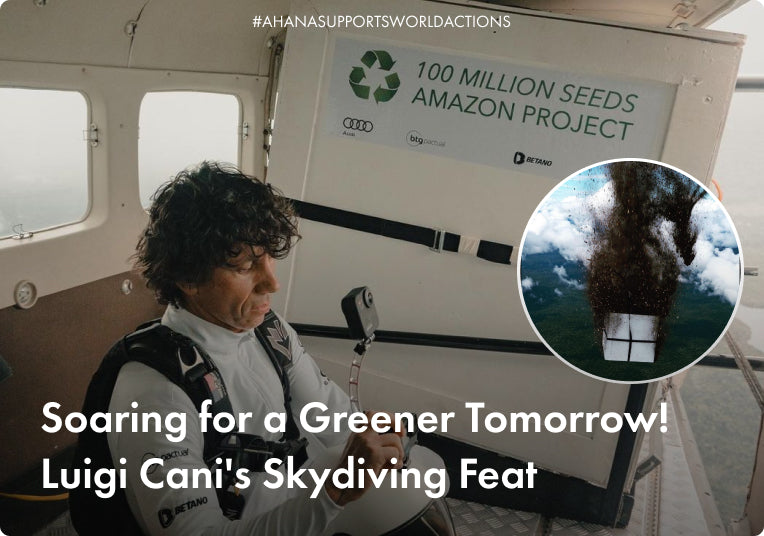The fashion industry’s impact on our environment and society has led to the rise of slow fashion as a conscious alternative to fast fashion. In this article, we explore the differences between slow fashion and fast fashion, and discuss why conscious consumers choose slow fashion to support ethical practices, preserve indigenous cultures, and create a sustainable and equitable future.
Understanding Fast Fashion:
Fast fashion produces inexpensive, trendy clothing that quickly moves from the catwalk to stores. It relies on rapid production, low labor costs, and outsourcing manufacturing. However, its affordability and accessibility come at a high cost to the environment and humane working condition.
The Impact of Fast Fashion:
- Environmental Consequences: Fast fashion’s rapid production contributes to excessive resource consumption, waterway pollution, and greenhouse gas emissions, leaving a significant ecological footprint.
- Exploitative Labour Practices: The fast fashion industry often relies on sweatshops and underpaid workers, violating labor rights and safety standards, particularly in developing countries.
Embracing Slow Fashion:
Defining Slow Fashion:
Slow fashion embodies a commitment to quality, sustainability, and ethical practices, guiding individuals towards mindful clothing choices, timeless designs, and integrity. It upholds fair trade principles, ensuring fair wages, safe working conditions, and the preservation of Indonesia’s rich fashion culture with its traditional handwoven textiles. Emphasising sustainable materials such as organic cotton, hemp, and recycled fibres, it aims to reduce chemical use and carbon footprint. Embracing minimalism and longevity, slow fashion advocates for investing in well-made pieces to counter the fast fashion demand and minimise textile waste.
Benefits of Slow Fashion:
The benefits of slow fashion are multifaceted. Firstly, it aids in environmental preservation by conserving resources, reducing waste, and minimising carbon emissions, thereby promoting a sustainable future. Secondly, it upholds social justice and cultural appreciation by celebrating indigenous cultures, empowering artisans, and bolstering local communities economically. For Indonesia, slow fashion becomes a means of recognizing and preserving traditional weaving techniques.. Thirdly, slow fashion fosters personal style and individuality through unique, well-crafted garments, steering away from mass-produced styles. Lastly, supporting slow fashion brands generates a positive economic impact by promoting fair working conditions and bolstering local economies, contributing to a more equitable and sustainable economic landscape. As a conscious choice against fast fashion, embracing slow fashion principles allows us to make informed decisions that support sustainability, ethical practices, and the preservation of Indonesia’s diverse fashion culture. Together, let’s #BeTheCatalystForChange and aim for a more equitable and conscious fashion industry.



Couldnt’ be worse
Everything is perfect. I would recommend!
OMG I LOVE IT!!!
There was a small mistake in the order. In return, I got the correct order and I could keep the wrong one for myself. I ordered on Friday evening and on Monday at 12:30 the package was with me. I have never encountered such a fast order processing.
Percect!!!!
I ordered on Friday evening and on Monday at 12:30 the package was with me. I have never encountered such a fast order processing.
Very nice product
Everything is perfect. I would recommend!